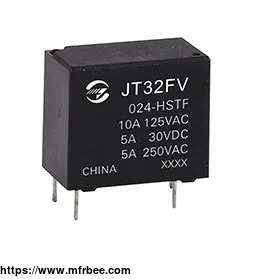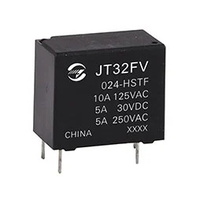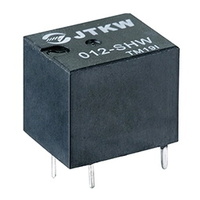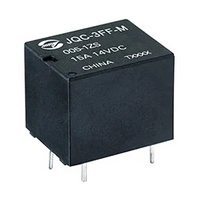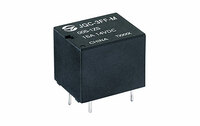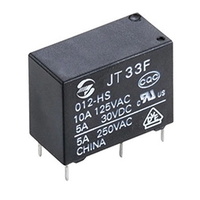Subminiature Intermediate Power Relay
Specifications
A subminiature power relay is an electromechanical switching device that is designed to handle moderate levels of power while occupying a small amount of space. They are commonly used in applications where space is limited but higher power switching is required.
How Do Subminiature Intermediate Power Relays Work?
The subminiature intermediate power relay car contains an electromagnetic coil that, when energized, creates a magnetic field.
The magnetic field attracts a movable armature or contact, which is typically spring-loaded to return to its original position when the coil is de-energized.
When the armature or contact is pulled towards the coil, it makes contact with one or more stationary contacts. This completes an electrical circuit and allows current to flow through the relay and switch on or off a connected load.
When the coil is de-energized, the magnetic field collapses and the spring-loaded armature or contact returns to its original position, breaking the electrical circuit and switching off the connected load.
What Factors Should I Consider when Selecting a Subminiature Intermediate Power Relay?
Contact rating: The contact rating of the relay refers to the maximum current and voltage that the relay can handle. Make sure the contact rating of the relay is suitable for the load you want to switch.
Coil voltage: The coil voltage of the relay is the voltage required to energize the relay and activate the switching mechanism. Make sure the coil voltage of the relay is compatible with the voltage of your control circuit.
Switching speed: The switching speed of the relay refers to the time it takes for the contacts to close or open once the coil is energized or de-energized. Make sure the switching speed of the relay is fast enough for your application.
Mechanical life: The mechanical life of the relay refers to the number of switching cycles the relay can handle before it fails mechanically. Make sure the mechanical life of the relay is suitable for the expected number of switching cycles in your application.
Electrical life: The electrical life of the relay refers to the number of switching cycles the relay can handle before it fails electrically. Make sure the electrical life of the relay is suitable for the expected number of switching cycles and the electrical load in your application.
Size and mounting: The size and mounting of the relay are important considerations, especially if space is limited in your application. Make sure the relay is small enough to fit in your available space and that it can be mounted securely.
Environmental conditions: Consider the operating temperature range, humidity, shock and vibration requirements, and other environmental factors that may affect the performance and reliability of the relay in your application.
We provide low power relay, low power latching relay, automotive power relay, china relay, etc. For more information, please feel free to contact us!
- Country: China (Mainland)
- Business Type: Manufacturer
- Address: No. 5, Shuntai Road, Yangming Industrial Zone, Yuyao City, Zhejiang CHINA
- Contact: zettlernb com
